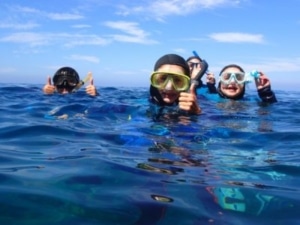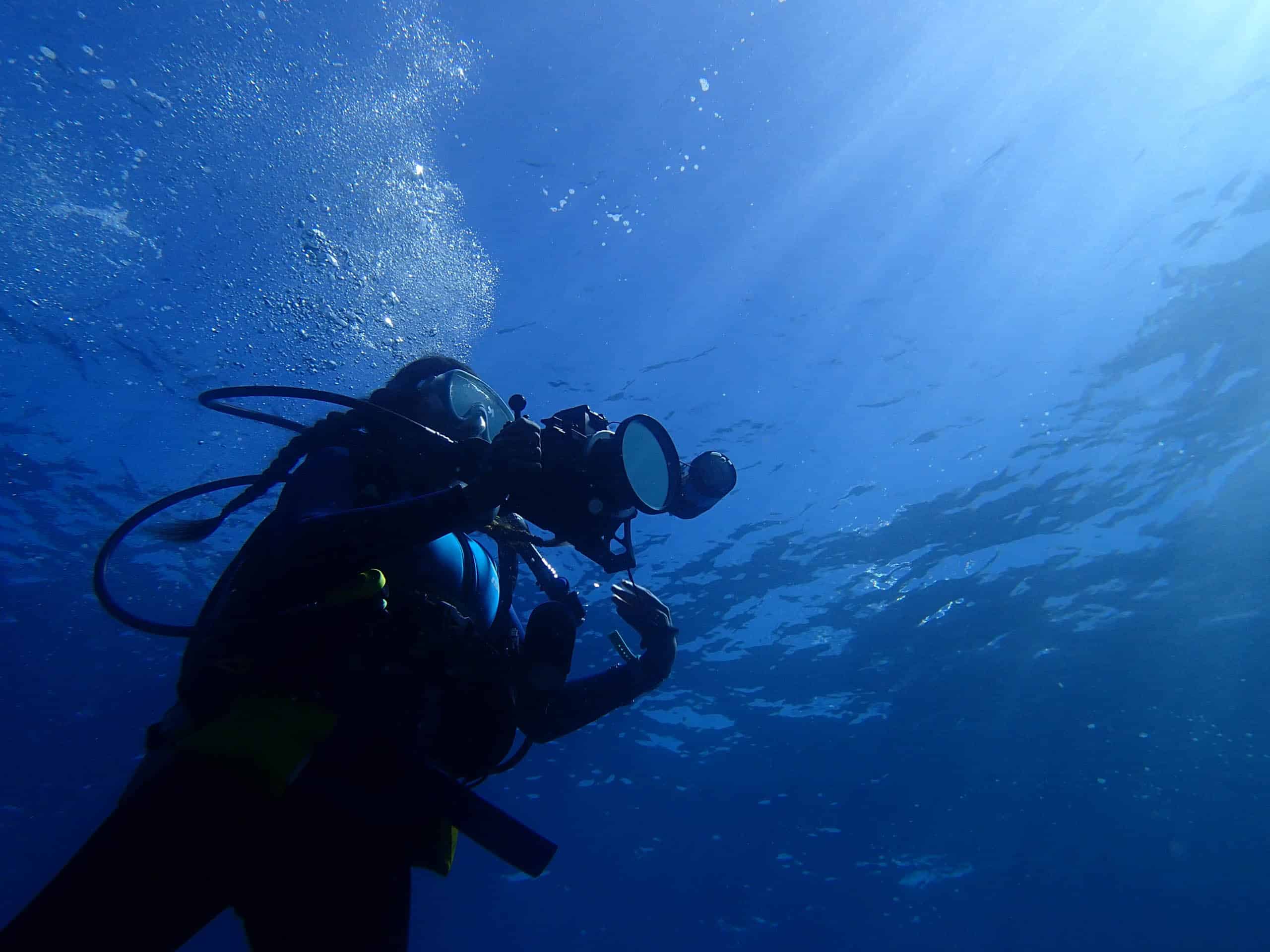
Catalina Island is one of the most diverse islands in the Southern California Channel Islands—thanks in part to its large size and how close it is to California’s mainland. There are over 90 species of animals on the island, and while some of them are native, the majority were brought by people, making them non-native species.
Let’s get into six of the coolest inhabitants of this dynamic and biodiverse island.
Northern Mockingbird
A local native bird to the island, the northern mockingbird is known for its distinctive mimicking ability which is why its scientific name is Mimus polyglottos, meaning many-tongued thrush. A male mockingbird may learn around 200 songs over the course of his life!
These slender gray birds have large white patches under their wings which can be seen when they’re flying or performing a “wing flash.” This is when, between steps, the bird opens its wings in an abrupt jerky motion. No one knows why they do this—it could be to scare insects or maybe it’s just a wave hello.
Northern Elephant Seal
The largest colonies of northern elephant seals are found off southern California in the Channel Islands. Although they have one of the longest migrations recorded for a mammal—13,000 miles round trip—they always return to California’s off-shore islands to breed and give birth from March to December.
These wacky-looking seals develop a large inflatable nose or “proboscis” that overhangs their lower lip by about eight inches. The males use their noses to resonate sounds when threatening each other come mating season. Male seals can also grow to around 13 feet long and can weigh nearly 4,400 pounds! That’s heavier than four horses combined.
Blackbuck Antelope
In 1967, the Santa Catalina Island Company brought three blackbuck antelope from India to Catalina Island—one male and two females. The goal was to create an exotic population that would draw hunters from across the U.S. and the world. Unfortunately, the species didn’t really take off with only a very small, rarely-seen, population living by the airport.
If you do manage to spot one, you’ll be able to immediately recognize it and its spiraled horns. You can also tell it’s a blackbuck by its white fur on the chin and around the eyes which sharply contrasts the black stripes on the face.
Southern Pacific Rattlesnake
The rattlesnake is the only native venomous snake in California. The Southern Pacific rattlesnake can be found from Southern Santa Barbara county down to Northwestern Baja California, Mexico, and Santa Catalina Islands.
Beyond hearing the distinctive rattling sound, you can identify this rattlesnake by its large triangular head and a narrow neck that connects to its thick body. Southern Pacific rattlesnakes can blend into their surroundings thanks to their coloring—they have large, dark-rimmed spots of brown, olive, tan, gray, or black that cover the back and narrow into strips toward the tail.
Rattlesnakes don’t usually bite humans unless outwardly provoked. So you can still have fun outside! Just be aware, don’t poke the snake, and if you hear rattling it might be time to take your game elsewhere.
Baja California Treefrog
These treefrogs are the only native frogs known to inhabit the Channel Islands. They’re around two inches in length and generally green or dark gray. Their color can vary, however, based on the air temperature and humidity, or because they’re trying to hide from predators.
The Baja California treefrog’s sound is very distinctive because it’s the only frog that makes that classic “ribbit” sound you hear in movies. These frogs also create a chorus, coordinating vocalizations with a male acting as the choral master. They tend to sing all year long unless temperatures dip below freezing.
They are important to scientists because they are considered an “indicator” specie since they are so sensitive to environmental change and water quality. So if there is a mass exodus of treefrogs, scientists will know immediately that the environment has changed drastically.
Santa Catalina Island Fox
This fox is one of the six recognized subspecies of the Island Gray fox that lives on the California Channel Islands. However, the Santa Catalina Island fox is found only on Catalina Island. A real local! An adult fox weighs around five pounds making it much smaller than its mainland brethren.
Unfortunately, the road for this fox hasn’t always been easy. In 1999, the population crashed from an estimated 1,300 animals to about 100 due to a nasty virus making them endangered. Thanks to a quick conservation effort of captive breeding and vaccination, the population grew to 300 in 2004.
At the start of 2021 scientists estimated that the population of these foxes on Catalina Island was over 1,800! Even though they’re still considered “threatened,” this species has been making tremendous progress thanks to ongoing conservation work.
Animal Bingo At Catalina Sea Camp
There are a lot more animals that live on Catalina Island and in the ocean that surrounds it than mentioned here. At Catalina Sea Camp, we encourage campers to be curious about their surroundings and ask questions.
We offer lots of different programs that are centered around learning more about the local marine wildlife. If your child is interested in having a summer full of fun, ocean adventure, and science, enroll them today!



